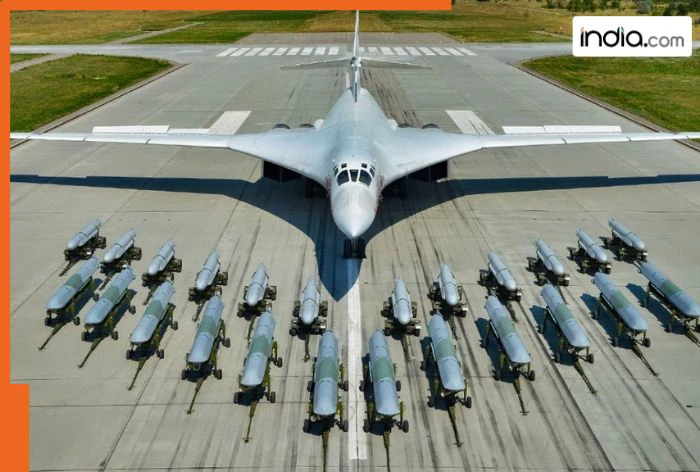The current conflicts in the ongoing Israel-Hamas, Israel-Iran, and Russia-Ukraine situations have resulted in a seismic shift to the global strategic environment.
The world is increasingly divided into two opposing blocs, making it crucial for countries like India to become self-reliant in the defense sector. Therefore, self-sufficiency in the defense sector has become critical. The need to upgrade weapons systems through technology cooperation with strategic partners is needed.
India and Russia have had an enduring relationship for several decades, and the Russian Federation has consistently supported India throughout its challenging periods. In this context, it is critically necessary for India to strengthen and modernize its defense capabilities. On July 4, 2025, the Deputy Chief of the Army addressed critical perspectives on many issues, while talking about Operation Sindoor, and subsequently highlighted that the whole system must be enhanced with more technology.
Although the Indian Air Force’s role in Operation Sindoor was pivotal, it still suffers from a fighter jet shortage. India is looking to solve this through a two-pronged approach: importing fighter jets from partner nations and increasing indigenous production of combat aircraft, in sufficient quantities to stay competitive in the region.
India is on the verge of acquiring Fifth-generation Fighters and has announced the AMCA (Advanced Medium Combat Aircraft) project to produce an indigenous fifth-generation stealth aircraft. The Defence Ministry has issued a contract for developing the prototype design of this fighter, which is supported by an initial fund of ₹15,000 crore. In terms of shifting global attention, once again, the spotlight has turned to strategic bomber jets because of the B-2 Spirit stealth bomber, which was used to destroy nuclear facilities in Iran by the U.S. This has also highlighted the evolution of capability with modern warfare and determination of effective offensive strike capability.
A few days ago, there were reports that India is developing a bunker-busting weapon system of its own – a missile based solution. Unlike the United States and Russia, India does not have modern strategic bombers capable of delivering real deep-strike ordnance. Therefore, India has turned to missile technology, and as such, India is working on adapting the Agni-5 intercontinental ballistic missile (ICBM) for bunkering-busting purposes. At the same time, India is possibly intending to get one of the best global bombers in the world, Russia’s Tupolev Tu-160M. This is a supersonic, variable-sweep wing heavy bomber, capable of speed, range, and nuclear missiles; the Tu-160M would elevate India’s strategic strike role even further, if this deal goes ahead.
The Tu-160M, also known as the “White Swan” in Russia and “Blackjack” by NATO forces, is one of the world’s most advanced strategic bombing jet aircraft, but the war in Ukraine has slowed production, as Russia is producing this state-of-the-art supersonic aircraft from its Kazan plant. Recently, a Ukrainian attack caused damage to some bombers at a Russian airbase, and this damage greatly diminished Russian capabilities for defense production. This damage also may have impeded India’s work to acquire the Tu-160M, which could have been a significant strategic leap for the Indian Air Force. Some defense observers believe that if India can acquire the Tu-160M, the strategic balance in the region would move toward India. Currently, India has multirole fighter jets including Rafale and Su-30MKI. In parallel to adding bombers, India is also seeking to add fifth generation fighters, and, focusing on its AMCA (Advanced Medium Combat Aircraft) project, which is intended to boost India’s future capacities in air combat.
Specifically, it is the Russian Tu-160M bomber that sets itself apart. The bomber has a combat range of 1,200 kilometers, meaning it can do this range without the need for refueling. If India manages to buy the jet, it could significantly reduce China’s growing presence in the Asia-Pacific.
China has its own bomber – the H-6 – but comparing China’s bomber to the Tu-160M, China’s H-6 is sitting down on specs and technology. The Tu-160M being in the Indian Air Force’s fleet will provide India an unquestionable strategic advantage over Beijing.
